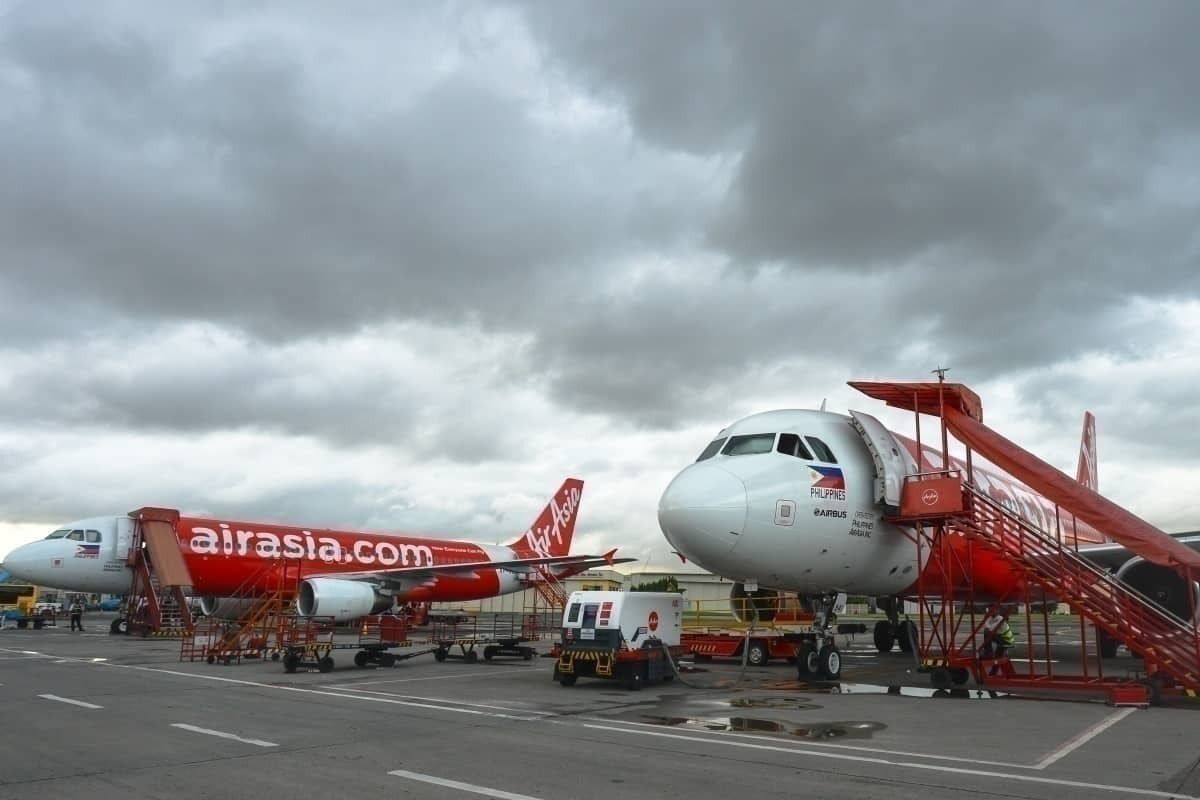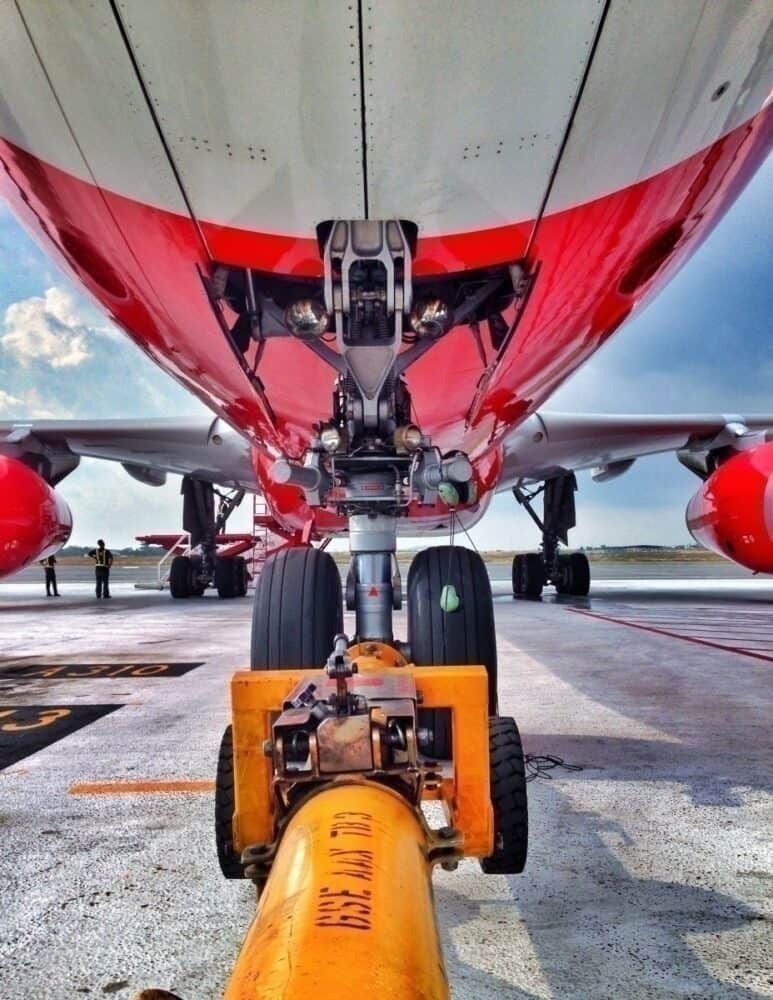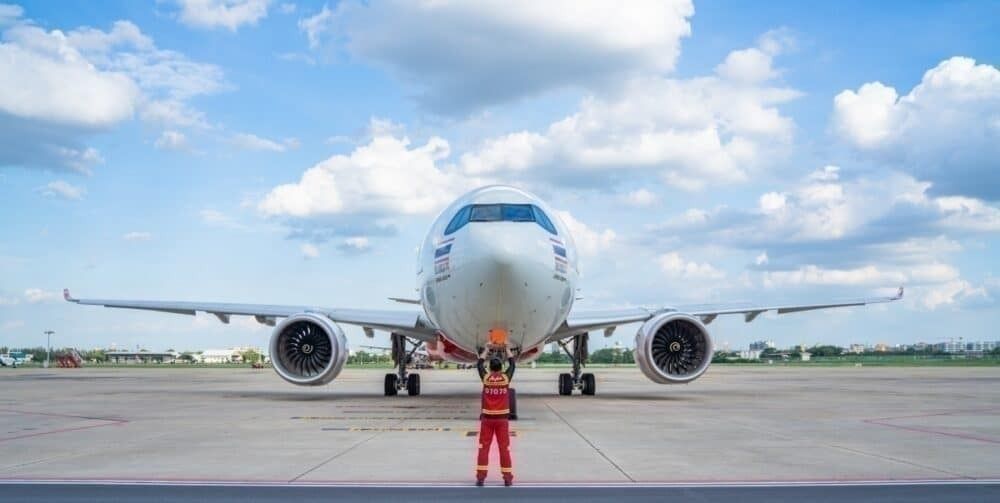As auditors Ernst & Young publish the results of AirAsia's audited full-year accounts, doubt has been cast over the group's ability to weather the coronavirus crisis. At the end of 2019, the group had liabilities that exceeded its current assets by more than $400 million. However, management remains optimistic, and the group is seeking various forms of financial support to ensure a robust recovery.
Significant doubt cast over AirAsia
The future of Asia's largest budget airline AirAsia has been brought into question today, as auditor Ernst & Young has cast doubt on the airline's ability to recover from the COVID-19 pandemic. In an announcement to Bursa Malaysia following the audit of the company's accounts for the financial year ended December 31st, 2019, Ernst & Young expressed concern about the company's financial position going into the crisis.
The group was noted to have a net loss of RM283 million ($66 million) for the financial year, as well as current liabilities that exceeded its current assets by RM1.843 billion ($430 million). The auditor said it had found "material uncertainties" which may cast "significant doubt" on the airline's ability to continue as a going concern, saying,
"The travel and border restrictions implemented by countries around the world have led to a significant fall in demand for air travel which impacted the Group's financial performance and cash flows. These … indicate existence of material uncertainties that may cast significant doubt on the Group’s and the Company’s ability to continue as a going concern.”
The statement was based on the release of the airline's audited accounts for the last financial year. On Monday this week, AirAsia reported a first-quarter loss of RM804 million ($188 million) as a result of the travel downturn.
The auditors further noted that they had seen positive trends in AirAsia's business as travel restrictions have started to ease. Ernst & Young said seat booking, flight frequencies, and load factors were all beginning to show signs of improvement. In the last week of June, AirAsia sold a staggering 41,000 seats, indicating a positive step towards recovery for the airline.
Seeking loans and share capital
Ongoing travel disruption will continue to make times tough for AirAsia. Since the end of March, more than 280 planes were placed in hibernation, and future deliveries from Airbus suspended. Operations resumed in late April, complete with new designer PPE equipment for crew and mandatory masks and distancing for passengers.
However, in order to weather the crisis, the airline requires additional capital injections. Its subsidiaries in the Philippines and Indonesia have already applied for bank loans from existing and new lenders and are pressing ahead with these applications today. The Philippines branch is likely to also be eligible for funding through the Philippine Economic Stimulus Act, which is expected to be passed as law in September 2020.
In Malaysia, the group is targeting a bailout of around RM 1 billion ($234 million), of which at least some will be eligible for government support under the Danajamin Prihatin Guarantee Scheme. Raymond Choo of Kenanga Investment Bank told Nikkei Asian Review that the group is also in conversation with a number of third parties for collaborations that may result in investment in segments of the business.
While times are certainly tricky for the budget airline group, its management remains positive about the outcome. In a statement carried by the BBC, AirAsia chief executive Tony Fernandes said,
"This is by far the biggest challenge we have faced since we began in 2001. Every crisis is an obstacle to overcome, and we have restructured the group into a leaner and tighter ship.
"We are positive in the strides we have made in bringing cash expenses down by at least 50% this year, and this will make us even stronger as the leading low-cost carrier in the region.”



